The clues are unmistakable. A muddy embankment is covered in webbed, triangular footprints. A tree’s bark has been gnawed on one side, exposing the pale innards of its trunk. But the real giveaway is the thick dam made of branches that’s blockading a stream.
This site may be in London, a bustling metropolis of nine million people dominated by concrete high-rises and traffic-filled main roads, but it is now under the management of a new, or at least returning, critter on the block: the Castor fiber, or Eurasian beaver.
“The beavers absolutely love it here,” says Nadya Mirochnitchenko, an ecologist and coordinator for Ealing Wildlife Group, a volunteer-run community organization that is leading a scheme to reintroduce them. “In fact, they are getting kinda chubby.”
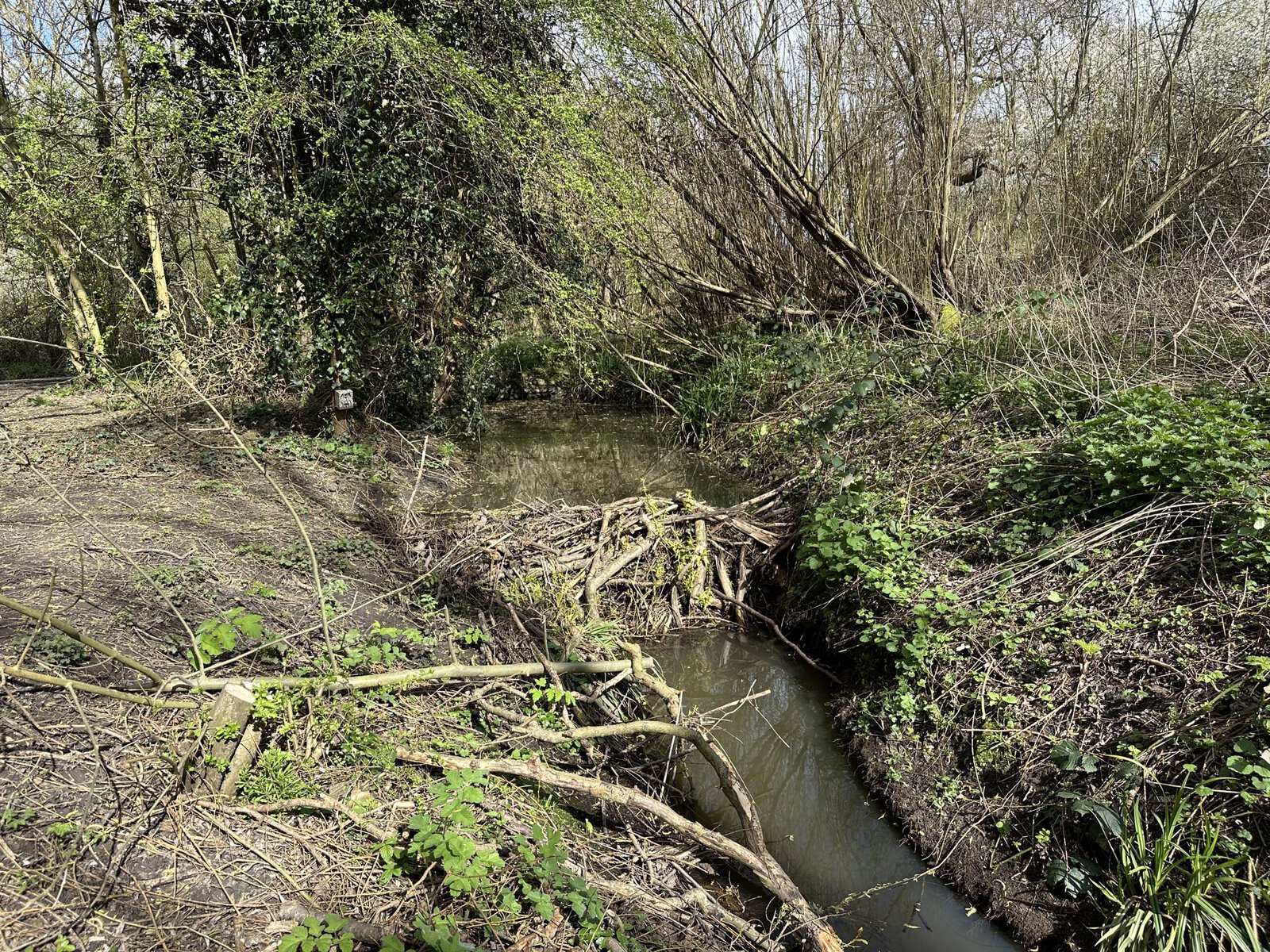
Beavers were hunted to extinction in England during the Elizabethan times, in the 16th century. But last October, these stout, furry rodents were reintroduced into London for the first time in 400 years as part of an effort to rewild the city.
The family of five beavers — a breeding pair and three offspring — were transported from Scotland by the Beaver Trust, a UK-based nonprofit, and released in Paradise Fields, a leafy, eight-hectare public park in West London, at an event attended by the mayor of London.
“Beavers are a keystone species,” adds Mirochnitchenko. “That means they have a disproportionately large impact on ecosystems. They alleviate flooding, they boost biodiversity, they keep everything in check. They’re like ecosystem engineers.”
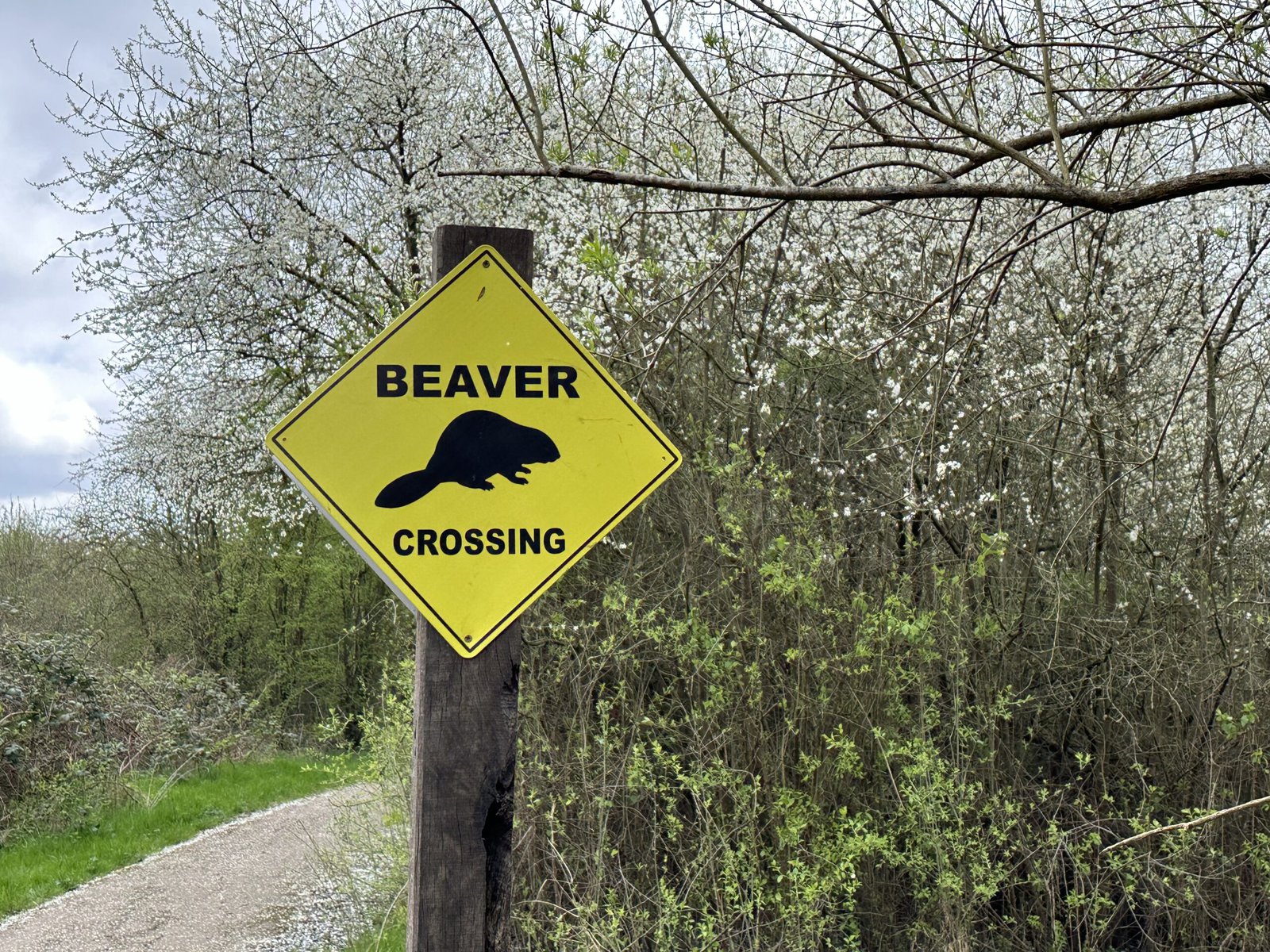
Ecologists say that beavers help biodiversity thrive because they instinctively build dams, dig canals and create deadwood to feel safe, which creates diverse habitats for other wildlife, such as water voles, dragonflies, amphibians, birds, reptiles and fish.
Few animals can modify and shape their surrounding environments to this extent.
But beavers bring a host of other benefits too: Their dams filter water, their instinctive maintenance of trees and shrubbery prevents them from overgrowing, and their reintroduction is a low-cost way of restoring wetland habitats — which store carbon, offer green space for locals, cool the environment and mitigate the increasing risk of flooding as the planet rapidly heats.
In fact, the brook that runs through Paradise Fields often overflows, in turn regularly flooding the nearby road junction and shopping mall. London authorities initially planned to build an expensive flood defense system — until the beavers came in.
Dr. Sean McCormack, chair of the Ealing Wildlife Group, says that although scientific studies are still underway, the beavers have already had an “anecdotal” impact. “A few weeks after they came, there were two massive storms that led to floods,” he says. “But three or four months later, there were more storms, and the same storm drain was only trickling. It’s because the beavers have built dams to slow the flow.”
The efforts in London are part of a trend of reintroductions across England in recent years, with beavers now in the counties of Kent, Cornwall, Devon, Derbyshire and Oxfordshire. A 2020 study of four sites across the country found the introduction of beavers led flood flows to decrease by up to 60 percent. Separate research found that there was 73 percent less sediment, including pollutants, in water downstream of beaver ponds. And a report released in March also found beavers in one project cut the impact of flooding and drought by storing three million liters of water in five years. “We are delighted that the beavers have thrived and improved the landscape,” said Matt Butcher, an Environment Agency representative, at the time.
Weighed down by negative news?
Our smart, bright, weekly newsletter is the uplift you’ve been looking for.Taking the beaver-led approach to flood mitigation could have a significant financial benefit: The local council had earmarked Paradise Fields area for engineering works that would have cost hundreds of thousands of pounds, according to McCormack, whereas the beaver project that replaced it cost just £45,000 ($56,000) for the infrastructure such as fencing and a feasibility study. Between 2015 and 2021, the UK spent £2.8 billion ($3.5 billion) on flood defenses, with that sum set to double over the six subsequent years.
The London project, which is supported by the London Beaver Working Group and Natural England’s National Beaver Officer, comes after the English government classified beavers as a native and legally protected species in 2022, following Scotland’s move to do so in 2019.
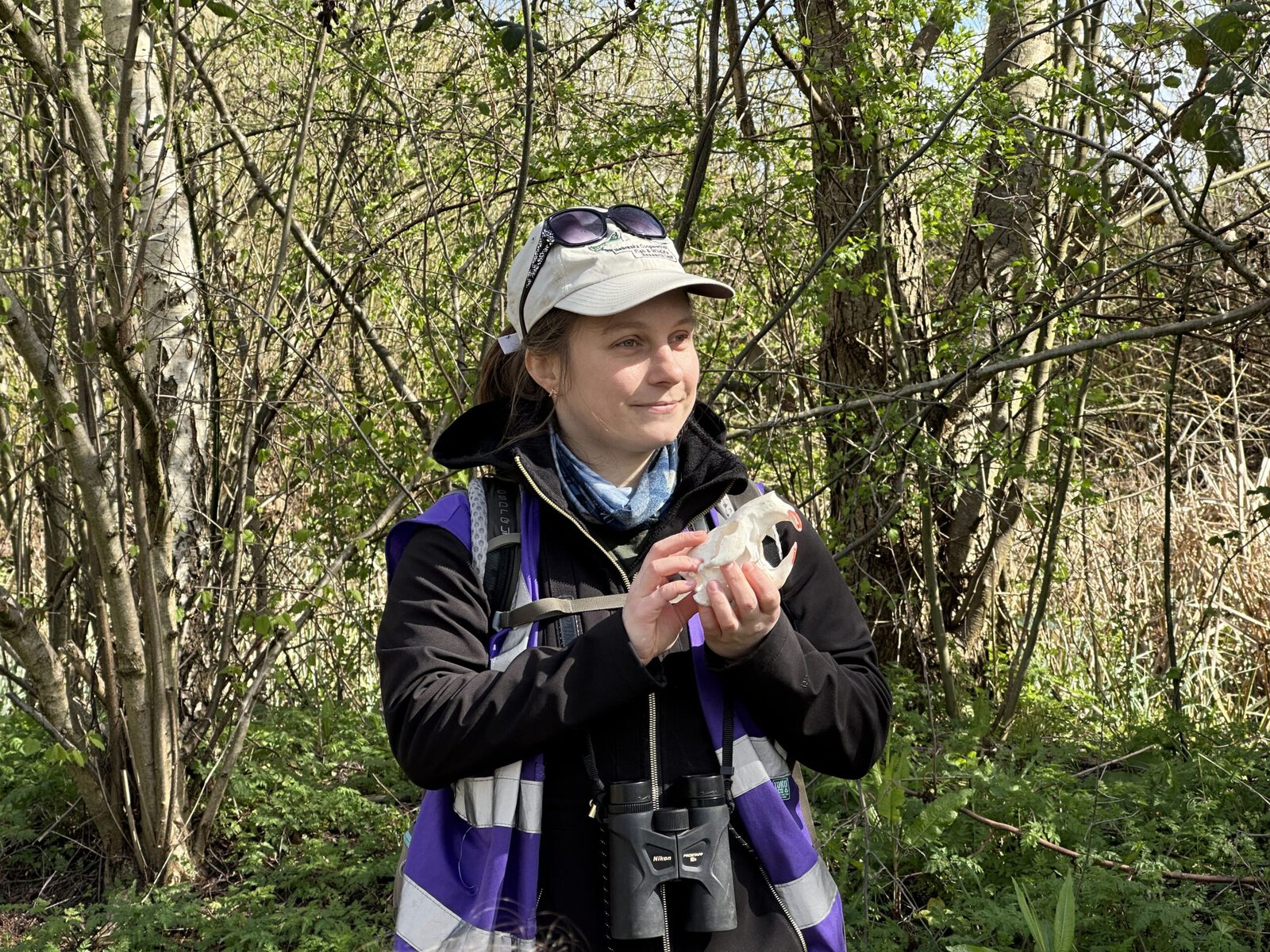
The mayor of London’s Rewild London fund, launched in 2023, has provided £2.4 million ($3 million) to projects across the capital and has helped to create or restore around 350 hectares of wildlife habitat, including pollinator corridors, wildflower meadows and the Ealing Beaver Project.
Experts say that while rewilding efforts have in the past targeted rural areas due to land availability and the relatively few legal and bureaucratic obstacles, cities are increasingly seen as playing an important part in tackling the biodiversity crisis.
“The rewilding movement has really been growing in the past three to five years,” says Sara King, a manager at Rewilding Britain, a nonprofit advocating for the return of wild nature spaces. “Traditionally, it’s been focused on rural areas. But recently, we’re shifting towards urban areas and London is definitely leading the way.”
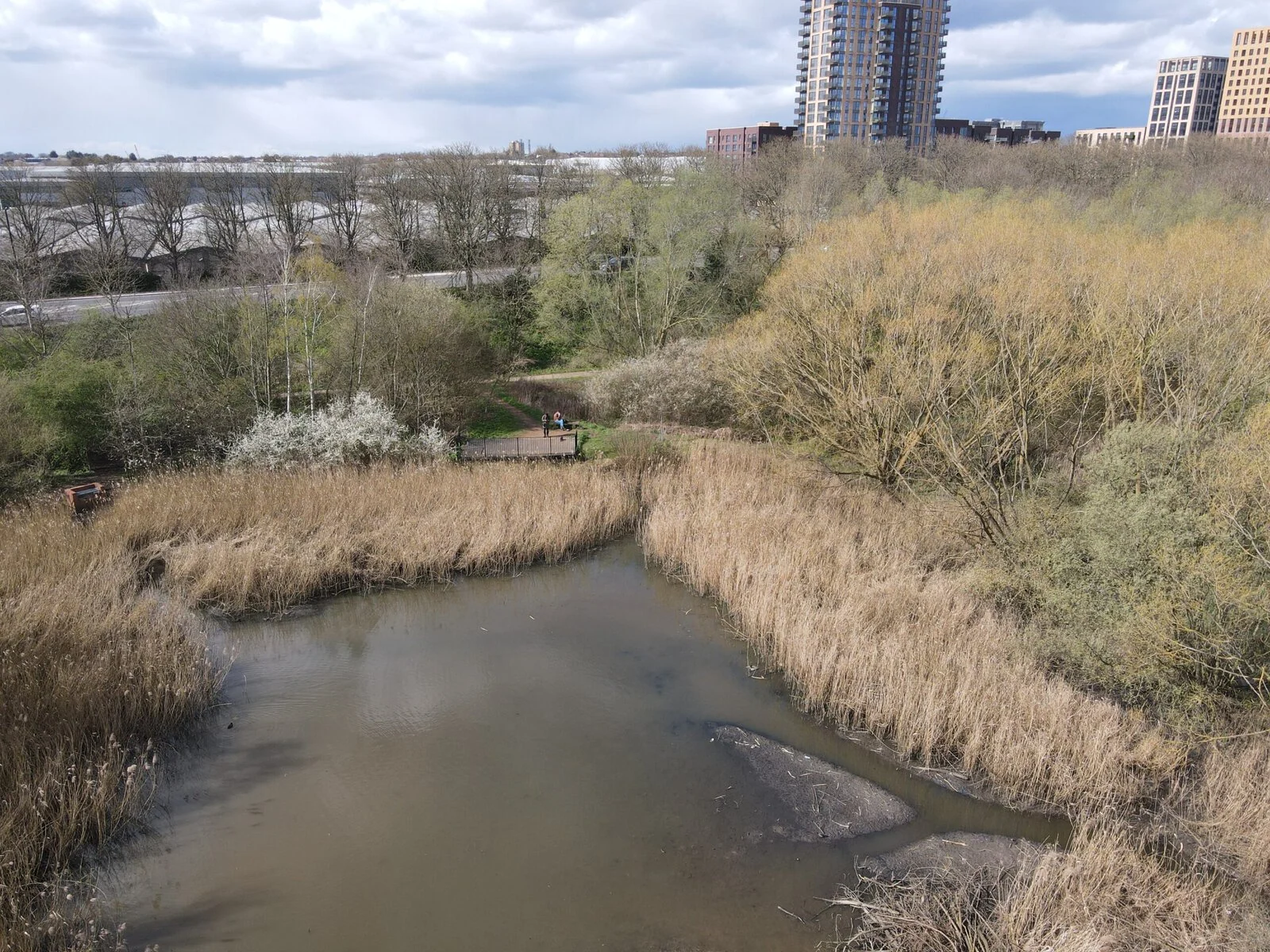
The 2023 State of Nature report found that 151 of 10,008 UK species assessed have become extinct since 1500 and that the UK is in the bottom 10 percent of countries for remaining native biodiversity. In order to address that decline, the government last year pledged to restore biodiversity in 30 percent of UK habitats by 2030.
“What we have to remember is that we’re one of the most nature-depleted countries in the world,” adds King. “But rewilding is really starting to build momentum. And the Ealing Beaver Project is an ambitious part of that.”
One of the key issues going forward will be managing the relationship between the beavers and local community. The beavers in London were removed from their home at the River Tay in Scotland because they were raiding crops from local farmers and causing fields to flood due to their dams. That won’t be an issue in London, but there still are other problems: For one, some members of the community damaged the metal fence installed around the park as they thought entry was being limited, even though there are several gates to enter.
“Community engagement is going to be key,” says Mirochnitchenko. The project continues to promote accurate information about beavers (a common misbelief is that beavers eat fish, when in fact they are herbivores) and so-called “Beaver Safaris” touring the site will begin this summer for eager members of the public.
But there have already been lessons learned from other beaver projects about how to deal with such issues, according to Ben Goldfarb, author of Eager, a book charting the history of beavers, which once numbered in their hundreds of millions in the US and were the subject of worship by Native American communities.
“Beavers aren’t like wolves or lynxes [or] like other species,” says Goldfarb. “They will live where we let them live. There are beavers in Seattle, New York City and Copenhagen. There are great examples of communities learning to coexist with beavers.”
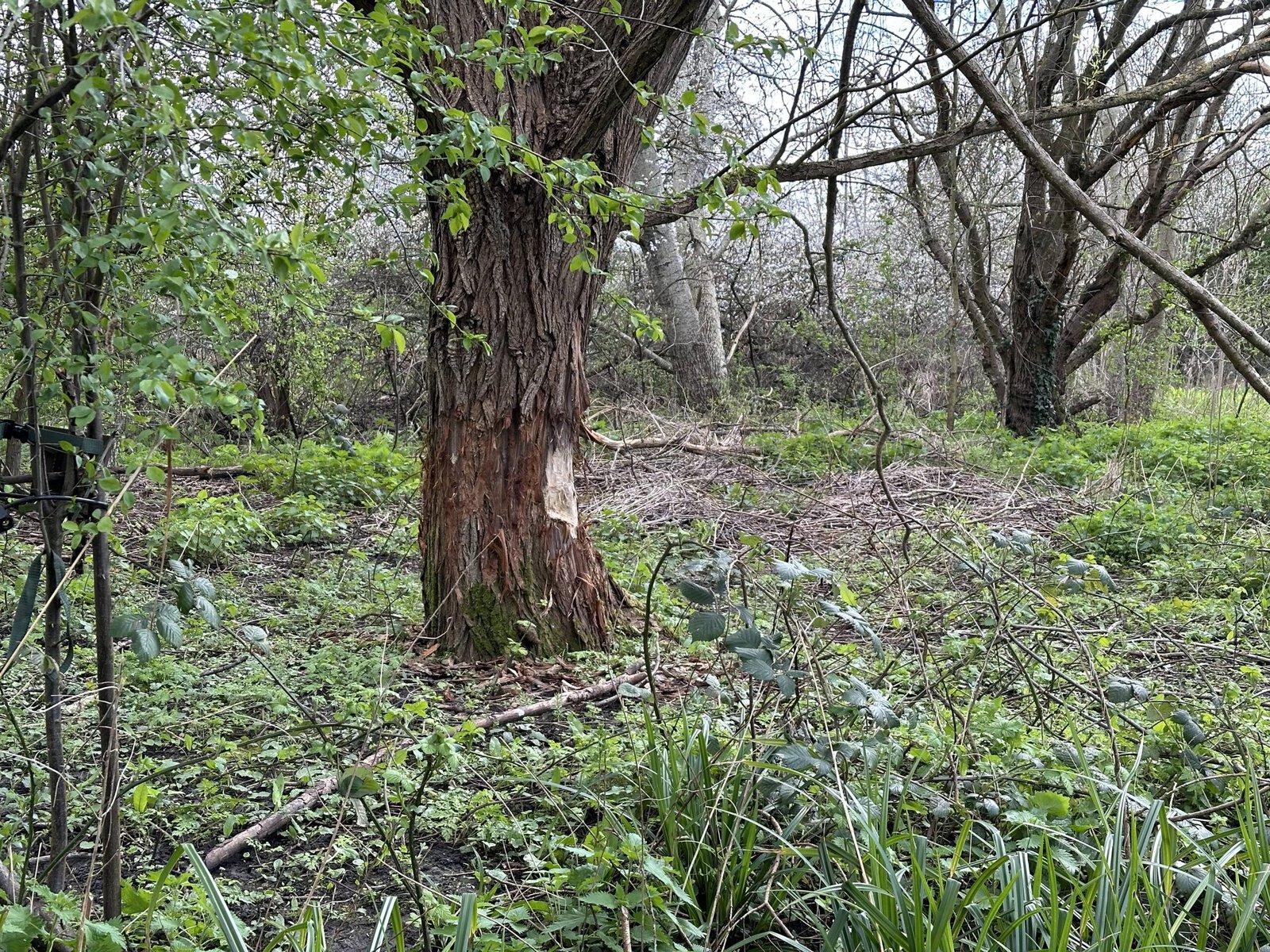
Bavaria, Germany, has an army of 1000 “Beaver Consultants” based in rural areas who work with local farmers to minimize conflict, and the government provides compensation for farmers who suffer damages. Other countries have shown great success with reintroductions: Sweden has over 150,000 beavers thanks to an effort that began a century ago. Norway reintroduced them in the 1960s and now has a population of 80,000; the US has over 10 million.
“It’s an amazing success story,” adds Goldfarb. “Beavers are one of the world’s most influential species. And in many cases, they manage ecosystems better than we do.”
And in any case, on the whole the London project has widespread support from locals. There are over 100 volunteers involved in the scheme, contributing to litter picking, patrolling of the fences, managing camera traps and surveying.
“One of the positive things is the overwhelming reaction of the public to the project,” says McCormack. “It’s captivated hearts and minds. It’s engaged communities.”
Another gnawing concern for the pro-beaver camp is that government policy is still lagging behind. Technically, the beavers in London are semi-captive. Though the area they occupy is open to the general public, the beavers are being kept behind a 1.25-kilometer-long fence, because fully-wild releases are not yet permitted in England, unlike other countries.
“It’s frustrating,” says McCormack. “We need to welcome them back into the towns and cities. Nature doesn’t just belong in the countryside.”
In the meantime, the beavers of London, in their refreshing oasis amid the Big Smoke, are doing their part to prove his argument. And if there is successful mating, the space will be large enough to eventually host three more families.
“Britain is the next frontier of beavers,” says Goldfarb.






